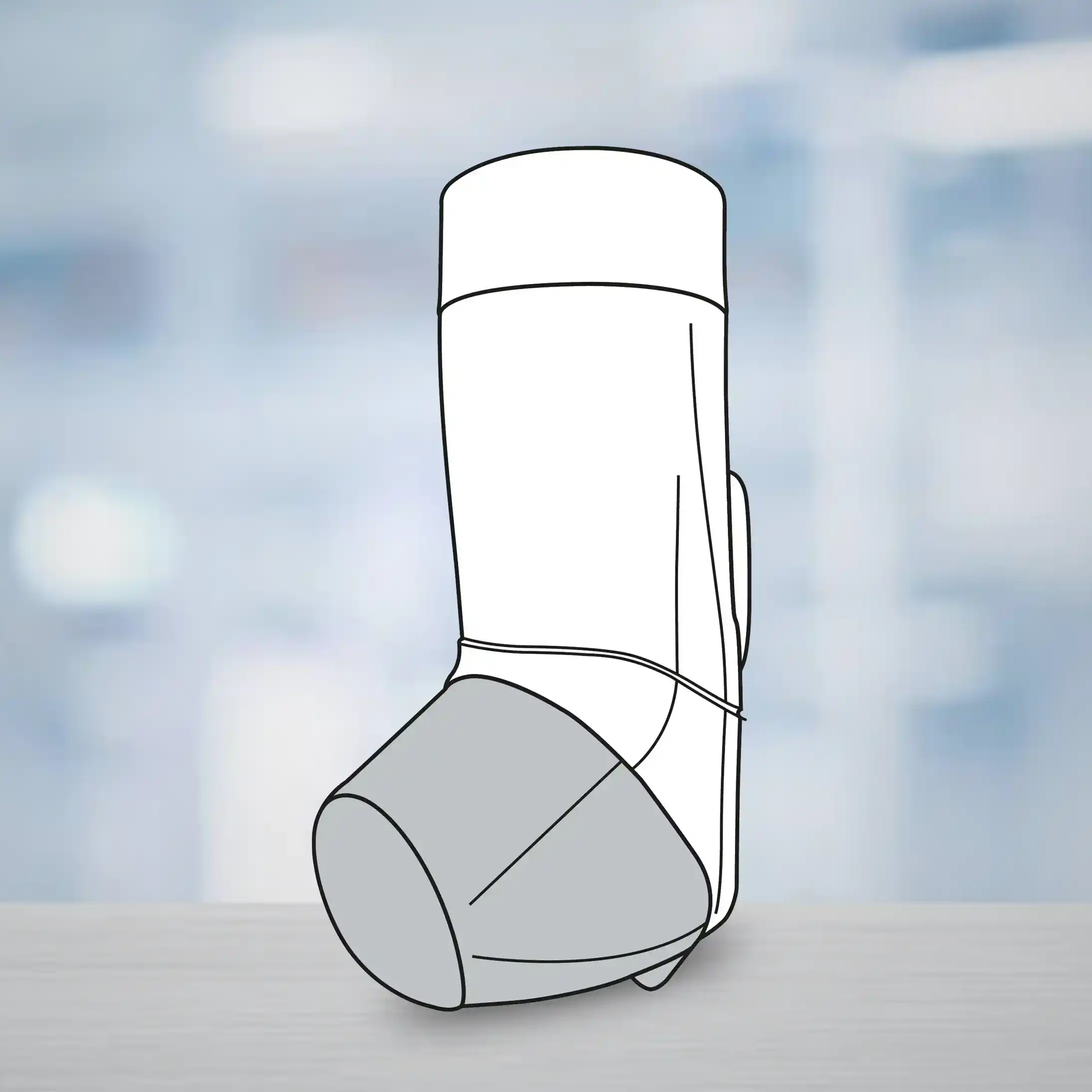Introduction
Chronic suppurative otitis media (CSOM), with a global burden of up to 46%, is prevalent in the lower socio-economic group in India and a leading cause of preventable disabling hearing impairment.
Aim
To evaluate the prevalence of CSOM and potential risk factors among school going children in rural area of South India.
Patient Profile
-
694 students aged between 6 and 14 years
Method
-
Study design
-
A community based descriptive cross-sectional survey was done to collect demographic data using questionnaires
-
It was conducted in 7 schools of rural areas of Belagavi district in Karnataka over a period of 2 months
Results
-
The prevalence of CSOM in school children was found to be 5.2%
-
A significant association was observed between CSOM (7.4%) occurrence and history of cleaning the ear with various instruments (e.g. ear buds, hair pin, matchstick, pen, pencil, key) (Figure)
-
Recurrent respiratory tract infection was significantly associated with the risk of CSOM in children (9.3%)
-
History of ear discharge in the past in children with CSOM was a significant risk factor. Active ear disease was present in 19.4% of them
-
Majority of CSOM students (80.5%) had mucosal disease as compared to atticoantral disease. This indicated a higher occurrence of safe disease than unsafe disease
Figure: Association of various risk factors with CSOM
Conclusion
-
This study showed a lower prevalence of CSOM in rural part of South India.
-
Recurrent respiratory tract infections, history of cleaning of ear with various objects and history of ear discharge significantly increased the risk of CSOM in school children.
-
Even though the prevalence of CSOM was low, there is a need for better education for ear care and screening programme for early detection and management of CSOM.
Indian J Otolaryngol Head Neck Surg 2019; 71(Suppl 2): S1549–S1552

.svg?iar=0&updated=20230109065058&hash=B8F025B8AA9A24E727DBB30EAED272C8)








